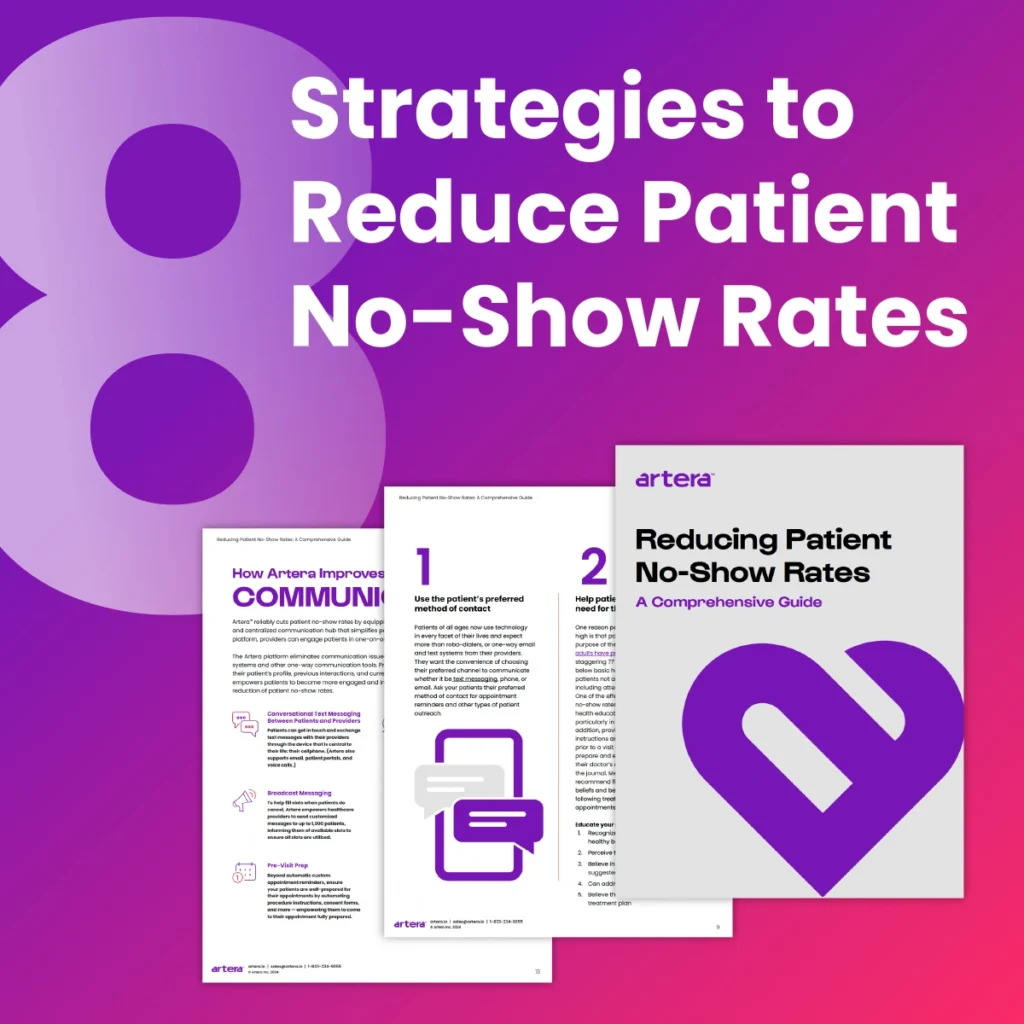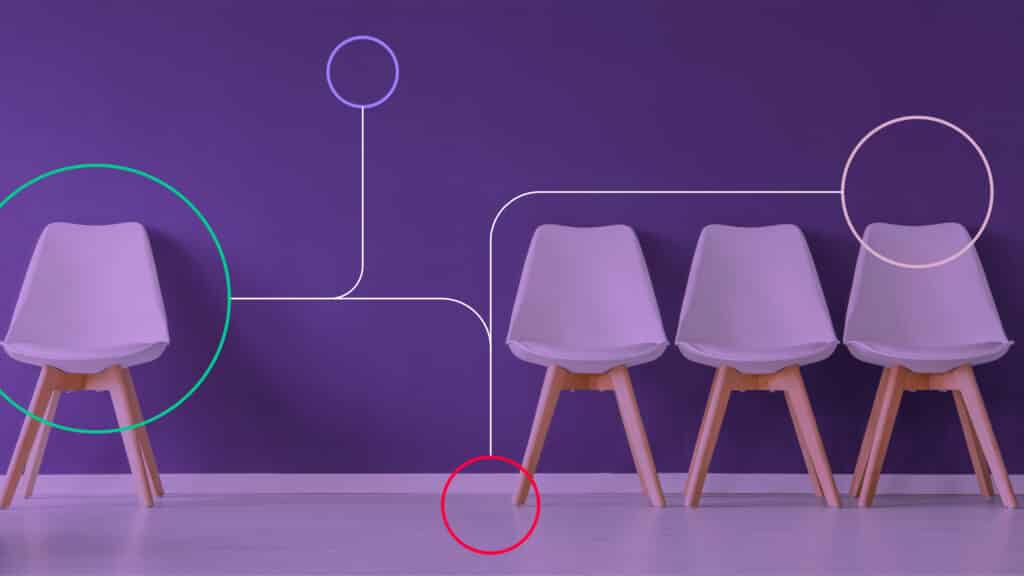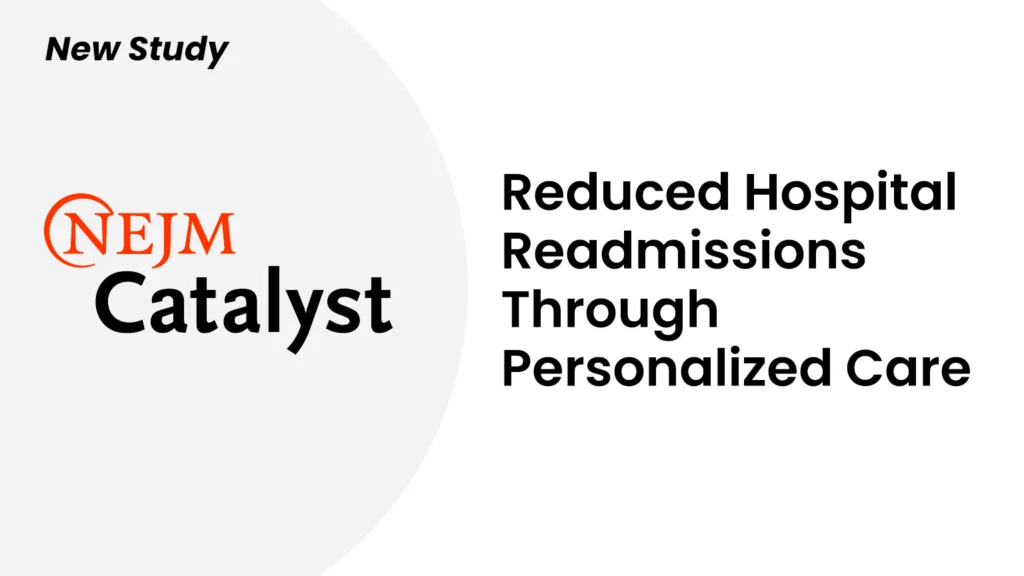A medical staff member calls out a name in a packed waiting room. Visibly impatient people look up, but no one answers. The staff member calls out the name again. Silence again. The name is crossed out. This is a patient no-show. It may sound like an all-too-familiar situation.
Failed Appointments: Patient No-Shows Are Disruptive to the Entire Healthcare System
Despite varying patient no-show rates across the U.S. healthcare system, ranging from 5.5% to 50%, the global average is hovering at 23.5%, according to the National Library of Medicine. In particularly problematic areas, this number can be as high as 80%. Patient no-shows – when patients fail to show up to their appointments – not only results in significant revenue leakage but also causes damage to health outcomes.
And despite what some patients may think, skipping an appointment doesn’t free up time in a provider’s schedule — it creates more administrative work for staff and prevents other patients from getting the care they need. It’s a lose-lose situation across the board.
For patients, no-shows lead to interrupted continuity of care, poorer clinical outcomes, unmonitored medication use, and delayed preventive screenings. For providers, patient no-shows translate directly to a damaged bottom line.
So, how much revenue leakage are we talking about? In a particular study published in 2020, researchers revealed that 67,000 instances of patient no-shows can set back the healthcare system around $7 million. These healthcare costs may be even higher in particular settings, such as radiology departments, where resources like X-ray and MRI machines are expensive and underutilization can result in huge financial constraints to healthcare organizations.
In a $4.3 trillion industry, every missed appointment represents a significant amount of lost revenue for healthcare systems, with the average cost of a missed appointment at $200, if not more. Across the U.S. healthcare system, this translates to $150 billion every year. Unlike a cancellation, where staff could backfill the appointment, patient no-shows directly translates to lost revenue.
Higher Patient No-Shows, Higher Attrition
And it’s costing you more than you think: even having just one no-show appointment increases attrition drastically. According to a 2019 study by Athenahealth, patients with a single no-show have an attrition rate of nearly 70% compared to those who never have a no-show and have an attrition of just 19%. Essentially, patients with one or more no-shows are less likely to return to the practice within the following 18 months, meaning you are losing the entire lifetime value of patients when they no-show. According to the study, increased attrition rates following a single no-show were observed among patients of all ages.
This goes beyond concern for just the bottom line, too. “For doctors, that should be concerning,” said Josh Gray, former Athenahealth vice president of research. “Some patients who no-show may have serious health problems, so it’s important to look at this not only from a business perspective but also from a clinical perspective.”
This is why it’s critical for providers to empower their patients to show up to their appointments. Not only will this help eliminate revenue leakage but more patients consistently appearing for annual check-ups or procedures can help keep them healthy. It can also help to establish stronger patient-provider relationships, therefore creating trust and ideally retention over the course of their entire lifetime, which can ultimately generate millions in additional revenue.
Causes of Patient No-Shows
Patients may fail to appear for appointments for a number of reasons.
Understanding why your patients are missing their appointments is essential to finding solutions to reduce no-shows. According to a July 2022 Optum survey, a staggering 52% of consumers missed a scheduled appointment in the past year. Major factors leading to missed appointments include language barriers, economic issues, transportation – all SDOH issues – as well as various human factors such as navigation, difficulty recognizing a phone number, or accessing a portal. One-third of consumers in the study said it was because they simply forgot – something that could be rectified with strong communication. In fact, research cited in the Journal of Primary Care & Community Health has shown that up to 31.5% of no-shows fail to show up because of poor provider communication.
Above all, it’s clear that fragmented communication between patients and providers, as well as outdated practices for managing patient preferences for appointment reminders, are among the leading drivers of high patient no-shows. Healthcare organizations should see this as an opportunity to start making the appointment scheduling journey as seamless and friendly as possible, offering various methods of communication, numerous appointment reminders, and self-scheduling options.
Strategies to Reduce Patient No-Shows
As discussed, poor patient communications are a key cause of missed appointments that can be remedied through digital communications such as texting. Providing patients with multiple, convenient communication options – text, phone, and email – that are automated, conversational, and in a language of their choosing, are all other effective ways of addressing no-shows. In fact, it’s been proven that when providers improve their patient communication methods, no-show rates do decrease.
It’s clear that patients today want to engage with their providers in a convenient way – and texting enables them to do just that. There are a few ways to immediately cut patient no-shows:
- Texting appointment reminders to patients: Automated appointment reminders help bring down patient no-show rates and boost appointment confirmations. Leveraging automated text reminders will ultimately increase patient attendance via better scheduling and slot utilization, and enables providers to quickly fill in canceled slots, ensuring revenue is still generated and patients are serviced.
- Offering patients the option of self-rescheduling by text: If a patient requests to reschedule an appointment, or if they missed an appointment, proactively reach out to them with an invitation to reschedule by text. Encourage them to text back or contact the office staff. The longer the time in between scheduling an appointment and the actual appointment, the more likely the patient is a no-show, so it’s best to follow up as soon as possible when this occurs.
- Use the patient’s preferred method of contact: Patients of all ages now use technology in every facet of their lives and expect more than one-way email and text systems from their providers. They want the convenience of choosing their preferred channel to communicate whether it be text messaging, phone, or email. Ask your patients their preferred method of contact for appointment reminders and other patient outreach.
- Reduce the time between scheduling an appointment and the actual appointment: Unfortunately, the longer the time between scheduling an appointment and the actual appointment, the more likely the patient is to no-show. On average, a new patient who waits more than a month for a first appointment is more than twice as likely to cancel and not reschedule as a new patient who is scheduled within a week. In fact, an analysis of 4.2 million appointments scheduled in 2016 by 13,000 providers found that shorter appointment lead times can be critical to getting new patients in the door.
- Instill a no-show policy: Establish a set of guidelines, rules, or penalties to implement to manage patients who intentionally or unintentionally miss their appointments. The policy will discourage patients from missing their appointments or encourage them to cancel so that you can backfill that slot for another patient. If patients are continuously not responding to appointment reminders, send them the policy via text or call them to let them know about the policy.
- Create a high-risk no-show predictive model: While a bit more intricate, you may be able to identify patients who are at a higher risk of not showing up with your data. Once you can identify those patients, you may have the ability to target your outreach specifically for those patients, adding in additional touchpoints or communication to ensure they are having ample opportunity to confirm their appointment or cancel well in advance of it.
How to Reduce Patient No-Shows: The Artera impact
On average, Artera reduces patient no-show rates by 33% over a one-way system, according to cumulative Artera case study data.
Artera reliably cuts patient no-shows by equipping healthcare providers with a sophisticated and centralized communication hub that simplifies patient-provider communication. From a unified platform, providers can engage patients in one-on-one, back-and-forth text conversations at scale. With automated messages and conversational messaging, providers can increase patient attendance via better scheduling or slot utilization.
Appointment reminders can be sent multiple times before an appointment giving patients the opportunity to respond numerous times – ideally leading to more confirmations or cancellations where staff can fill open slots. Working with 900+ providers and facilitating millions of appointments, we’ve determined the best practice here is to send reminders at 7 days, 3 days, and 1 day before the appointment.
For our full list of strategies, please check out our Reducing No-Show Rates Guide.

The Artera platform eliminates communication issues stemming from outdated, rigid phone systems and other one-way communication tools. Providers can tailor their messages based on their patients’ profile, language preferences (100+ languages), previous interactions, and current treatment plans. Personalized messaging empowers patients to become more engaged and involved with their health, thus contributing to the reduction of patient no-show rates.
How our customers quickly cut down on no-shows and boosted their bottom line:
- Ortho NorthEast (ONE), an orthopedic center located in northeastern Indiana, discovered that its existing software was not meeting the changing needs of its patients and staff. The patients wanted conversational messaging while ONE staff asked for a more efficient process for appointment reminders and recalls. After replacing its one-way appointment reminder system with Artera, the organization saw fast results in just four months post-go-live: 40% decrease in no-shows, improved staff efficiency, and an increase in patient retention.
- OCHIN-affiliated Federally Qualified Health Center, Jane Pauley Community Health Center, provides primary care for under-served populations across four close-knit counties in central Indiana. Since implementing Artera, the organization’s no-show rate has decreased by 31% over time: “Naturally, just by implementing texting, you’re going to reduce no-shows since you have more opportunity to conversate with patients,” said Wooten.
- Located in Coachella Valley, CA, health system Eisenhower Health grappled with high call volume and no-shows. Staff spent as much as two hours on the phone each day dealing with appointment reminders yet patients were still frequently no-shows. With Artera, Eisenhower Health saw a 40% reduction in no-shows and a 23% growth in appointment confirmations in just two months. With all the extra time, Mark Steffen, Chief Administrative Officer, Primary and Specialty Care Clinics, said, “We can focus our care team on more patient-focused activities and follow-up.”
Interested in learning more about how Artera can help reduce your no-show rates? Check out our reducing no-shows guide or request a demo today.



